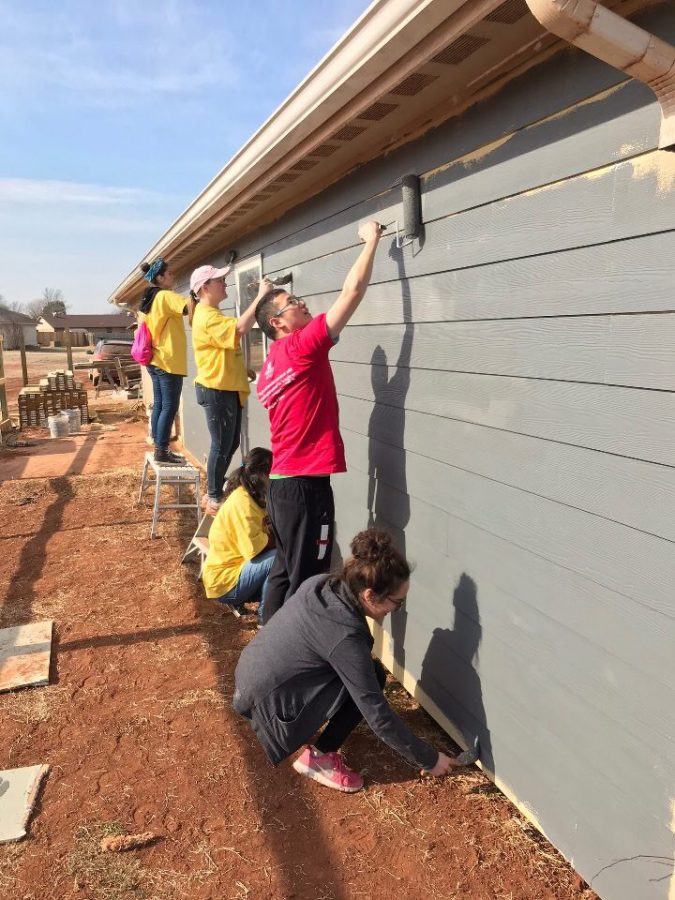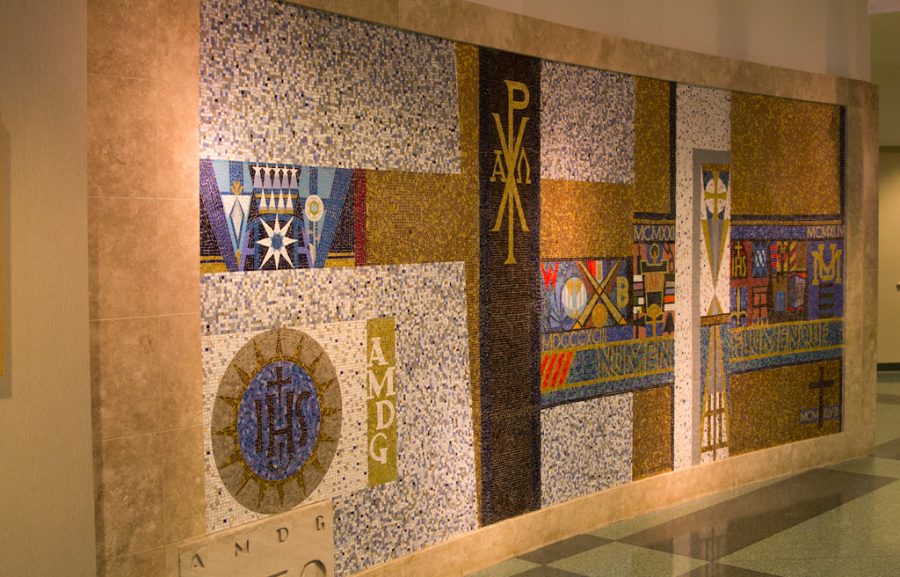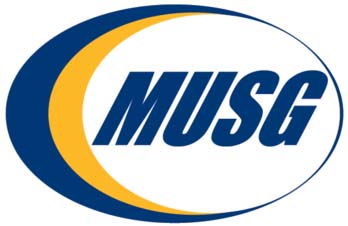
Dilapidated houses, high-density apartment projects and empty lots are a common sight in some parts of Milwaukee.
Areas across the city have seen massive property foreclosures and loan defaulting.
From 2007 to 2008, Milwaukee mortgage holders filed more than 10,000 foreclosure petitions.
The U.S. Department of Housing and Urban Development reports that there were more than 1,600 new foreclosure filings in Milwaukee County in the first quarter of 2010. This marks a 6.2 percent increase from the year before.
In the City of Milwaukee, there are currently more than 6,000 properties subject to foreclosures – up 30 percent from last year.
Meanwhile, many Milwaukee families have been pushed out of their homes and onto the streets.
Nationally, Milwaukee places in the middle of the pack in number of foreclosures, according to Sheila L. Ashley, Operations Specialist for HUD.
“But the nature of foreclosures in Milwaukee’s lower income neighborhoods has had a concentrated effect in lower income and minority neighborhoods,” Ashley said.
Wisconsin and the Milwaukee metro region aren’t high-poverty areas, but Ashley said negative effects of foreclosures surface when such poverty is concentrated.
Although Milwaukee’s housing situation may appear damaged beyond repair, many Wisconsinites are working to change that image. Politicians, developers and community organizations are making strides to repair the foreclosure crisis and low-income housing market – but the economy is working against them.
Effect of foreclosures
Once these properties are foreclosed, they often sit abandoned, and their condition deteriorates.
Each foreclosed home per block depreciates the value of neighboring homes by $1,800, according to Michael Martin, Senior Community Planning & Development Representative for HUD.
Drug dealers, squatters and criminals may also take refuge in these abandoned homes, further deteriorating the safety of the neighborhood.
“We have over 5,000 properties that have been foreclosed upon. That type of number is traumatic,” said 10th District Milwaukee Alderman Michael Murphy at a forum discussing the foreclosure crisis in November 2009.
“And when you understand that it’s not just one property, when you consider what one property can do to a block in terms of the criminal activity that can be associated with it.”
Murphy said this criminal activity scares residents, drives down the value of nearby properties, provides a sense of insecurity and drives people out of the neighborhood.
Wisconsin-based community improvement group Common Ground believes the foreclosure of these homes is a true detriment to Milwaukee.
The group says one of every two foreclosed properties in the City of Milwaukee has open building code violations, making the building not only uninhabitable, but also a danger to the neighborhood. In addition, the incident rate of fires in vacant homes has doubled since 2005.
Common Ground has cited a 37 percent increase in evictions of renters living in foreclosed homes over the past two years.
Foreclosure ‘wave’ spreads
Although the largest foreclosures exist in the City of Milwaukee’s poorest areas, they are also becoming more common in Milwaukee County.
“Data has shown the first effects of the housing crisis were from predatory or subprime loans,” Ashley said. “This ‘wave’ was concentrated in the poorest neighborhoods in Milwaukee.”
The second “wave” of foreclosures was the result of high and long-term unemployment rates, Ashley said.
According to Trena Bond, executive director of Housing Resources Inc., 24 out of 25 of her clients’ homes were foreclosed upon as a result of a family member’s job loss.
“This second ‘wave’ has had a broader effect, and we are now seeing neighborhoods (with foreclosures) on the West Side, Northwest Side and far South and Southwest Sides,” Ashley said.
Amy Koltz, mediation program coordinator for the law school’s Milwaukee Foreclosure Mediation Program, said her organization has even dealt with a foreclosed home in Waukesha valued at almost $1 million.
The program, created in June 2009, helps mitigate the process between lender and borrower to lessen the negative effects of foreclosure.
Since its creation, the program has had 900 applicants, 400 of which have been successful in making repayment of their loans more affordable. More than 200 cases have resulted in home retention.
But low-income families in need of affordable housing options have had to fight hard to find suitable, inexpensive housing. In fact, affordable housing cannot be built fast enough to keep up with market demand.
Building up low-income housing
Although Milwaukee has its fair share of foreclosures to deal with, non-profits and developers are increasing the amount of available low-income housing.
The Milwaukee chapter of Habitat for Humanity is one of the most active in the nation. According to Habitat for Humanity of Milwaukee Development Director Melissa Herguth, the chapter built 23 new construction homes in 2009 and has built or rehabilitated 412 homes since 1984.
Obtaining a Habitat house is highly competitive. Herguth said Habitat approves approximately 25 percent of the applications it receives. In many cases, families apply for a Habitat home multiple times before they are accepted. Many applicants have gone through difficult times obtaining an income and credit score suitable for a homeowner.
Habitat homes are typically built in neighborhoods on Milwaukee’s north side.
Habitat homeowner Clarence Montgomery applied for his house in 2005. After applying three times and getting his credit established, Montgomery’s application was accepted.
“(Habitat) made their services very available,” Montgomery said. “Getting myself together to become a homeowner was the difficult part.”
Montgomery said after he was able to establish the credit, he reapplied because his close friends kept encouraging him. He said poor credit is the biggest problem that could prevent closing on a home.
Some developers are also trying to offset the effect of foreclosures by building more affordable housing.
CommonBond Communities, a St. Paul-based developer specializing in affordable housing, was recently chosen to build a low-income apartment building in Milwaukee’s Park East neighborhood.
The five-story, 87-unit building will include underground parking, street-level retail space and a mix of full price and low-income housing.
CommonBond wants to obtain federal affordable housing tax credits for the project to make it more affordable. This requires developers to lease a percentage of the apartments to needy families who make 60 percent or less of the city median income.
Currently, the most a two-person household can earn to live in one of these low-income units is $32,520. The larger the household, the more the limit increases.
According to Roxanne DeFoe, the program manager for Housing Resources Inc., 55 percent of her clients who have foreclosed on their homes make an annual income of $25,000 to $49,000.
Also downtown, developer General Capital Group is attempting to build a 140-unit apartment building near East Pleasant Street and North Commerce Street with the tax credit.
Close by, Keystone Development plans to convert an old hide tanning facility into an 88-unit apartment on the Milwaukee riverfront.
These plans depend upon the developers’ ability to obtain these tax credits when they are distributed in June.
Regardless of these plans, efforts to reduce foreclosure rates in Milwaukee continue to meet challenges resulting from nationwide economic issues.
“In Milwaukee, foreclosures began as a consequence of subprime mortgages and predatory lending,” Ashley said. “Currently, foreclosures have moved to being a consequence of high unemployment rates.”




